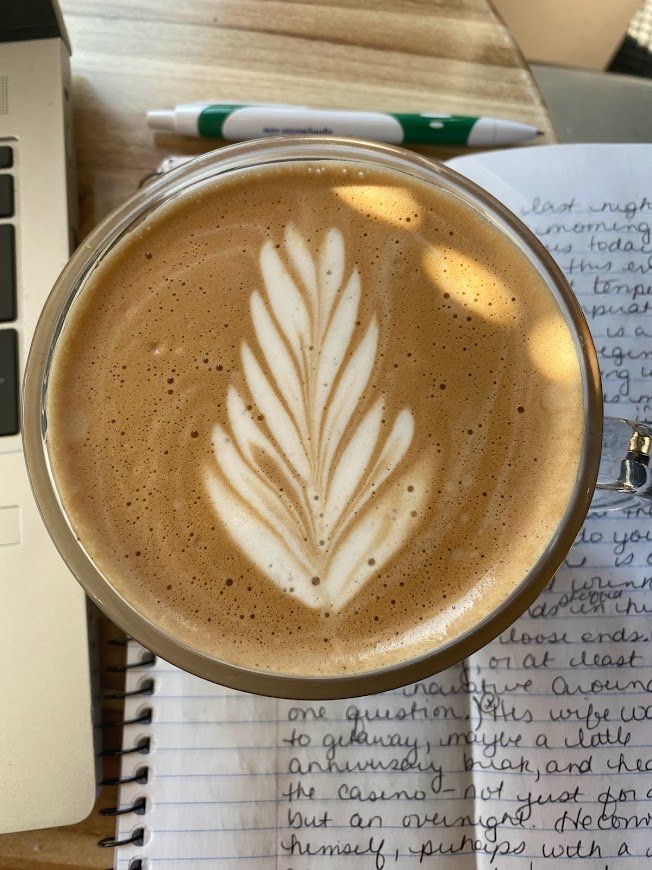My musings often hatch from a small piece of life, probably gone unseen or unheard by most people. Thirty seconds at the front desk of a casino hotel in Iowa one early summer morning is where this musing originated. The story launched with a simple question I overhead being asked: “Do you know what the temperature is outside this morning?” This piece has been brewing for several years.
August 23, 2022—A Journal Entry Story
I went to bed very early last night and am up very early this morning, before 5 a.m. Sun rises today at 5:59 a.m. Sun sets this evening at 7:33 p.m. The current temperature is 67 degrees. The high temperature for the day is 79 degrees. There is a 70% chance of rain beginning around 2 p.m. and lasting until after midnight.
My garnering of this information at the beginning of a day isn’t normal for me, yet it is familiar. This is how a farmer wakes up and starts the day: a culling of environmental facts that push the mental “farm calendar” into action. What needs to happen first thing in the morning, mid-morning, mid-day, early afternoon, late afternoon, and, hopefully, the work wraps up by early evening. Unless there are milk cows involved; dairy farmers have timelines driven more by milkings than weather.
This morning’s statistics gathering reminds me of a summer trip to Iowa a few years ago. A farmer and I were standing next to each other at the front desk of a casino hotel. I heard him ask, “Do you know what the temperature is outside this morning?” I know his story, or at least build a close narrative around his one question.
His wife is sleeping in, and he’s up early. He gets dressed in his fresh button down shirt and blue jeans. He has gray hair and a shy, kind, wrinkled face. His hands are stuffed into his jean’s pockets, perhaps hiding oil stains around his fingernails. He looks to be at loose ends standing in the modern lobby with quiet jazz music playing in the background.
His wife wanted to get away, maybe a little anniversary break and head to the casino – not just for a day, but for an overnight. He convinces himself, with encouragement from his wife, that all will be well on the farm for 24 hours while he is away. He knows his neighbor will check in on the beef cattle, but he hates to ask for help. Of course, the neighbor tells him to go and enjoy it. So, after finishing chores, the farmer and his wife drive forty miles to the big-city casino-hotel. They comment on the beans, the corn, and the hay along the way. Those damn armyworms cleaned out so many hay fields this year in Iowa, including his third cutting. They’d never seen such a thing: beautiful alfalfa one day and stripped brown, dead stems the next.
The armyworm becomes an army moth, and normally the life cycle of moth-egg-moth stays in southern states. The farmer had read about them in the Des Moines newspaper a few days before they hit his hayfield. Lawns were laid bare in Burlington, Iowa—well south of his farm in northeast Iowa, more than 150 miles away. On September 21, 2021, the article in the Des Moines Register said, “Armyworms typically are a problem experienced in southern states like Florida, but after a prolific breeding season, the moths that produce them have fanned out, riding storm winds and the jet stream to the Midwest.” That was the damnedest thing he’d ever heard.
Luckily, they’d gotten two cuttings done before the armymoth eggs hatched, yet that lost third cutting would put them short for winter. They’d probably have enough for their own cattle, but they’d miss the extra money from hay they sold just before Christmas. Still, Christmas would be Christmas because there was cash in the bank to insure against unplanned events like this. There would be no going into debt for Christmas; they only ever spent what they had.
And this little trip was the same: cash only. The farmer’s wife had called the hotel to book and to see how much a room cost for one night, and she’d budgeted out meals and spending money at the casino. Together, they drove ten miles to their bank, went inside, and visited with the one teller they still knew. They presented a check written out to “Cash,” and the teller asked how they’d like their money. They left with a couple of hundreds to cover the hotel room and a few twenties. Having chatted about their plans to be away overnight, the teller told them to enjoy their trip, and to let her know if they won big.
And, they had a nice time away. It was a bit out of the ordinary, something different. The slots gave a bit back throughout the afternoon. Dinner was pretty good. The evening slots for the farmwife gave her all she’d put in that afternoon. The farmer smiled as they walked away with a five dollar profit.
They watched the ten o’clock news and then turned the lights off for the night. Soon the farmer’s wife was breathing the night’s rhythm. The farmer’s eyes were wide open. To his right, light from the parking lot seeped in around the edge of the curtain. At home the night watchman light in the barnyard glowed a bit into their bedroom window, from the left. The strangeness of the room made the distance away from home feel like a deep chasm, inescapable. Maybe he napped at 2 a.m. His eyes flickered open at 5 a.m. as usual, but he lay still for another hour. He remembered the coffee would be out in the lobby at 6 a.m. Dressed in his good clothes and feeling strange without his bib overalls on this early in the day, he quietly made sure the room door latched behind him.
“Do you know what the temperature is outside this morning?” the farmer shyly asks the woman at the front desk. She doesn’t know and tries to mask her thought of what a strange question that is. She tells him there is a TV in the breakfast dining room. There, the coffee is ready, and the local morning weather forecast is running every five minutes. At home, he’d be drinking coffee at the kitchen table while he watched the news for fifteen minutes. Then he’d grab his Pioneer Seed corn hat, sweaty around the brim, put his work boots on, and head out to do chores.
He hasn’t been away for 24 hours, but he is ready to get his boots and hat on to begin his day. He longs to be on familiar ground, knowing what the weather will set him up for that day. His chest pulls as he sits unmoving, watching the sixth round of weather, and wondering how soon he can wake his wife up so they can get on the road home.






